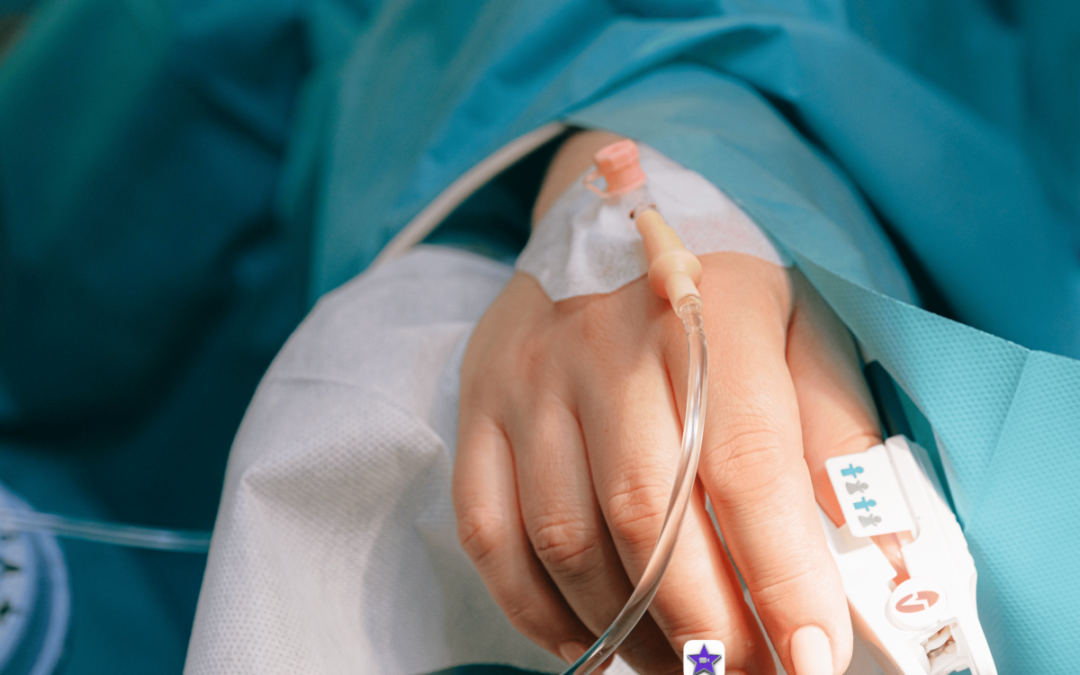In 2020, there were 91,799 overdose deaths in the United States. If someone overdoses on a substance, it is important they seek medical attention as quickly as possible. However, illicit drug overdose symptoms are being presented in unfamiliar ways.
What are atypical signs to look out for? Why are drug overdoses showing in unfamiliar ways? How do I help someone experiencing an overdose?
Atypical presentations of overdose can affect the clinical response time, in which every second counts. To reduce response time for treating overdose symptoms, these are the atypical ways overdose symptoms present themselves.
Background of Atypical Overdose Presentations
Opioid overdoses typically involve pinpoint pupils, respiratory depression, and unconsciousness. However, overdose symptoms are being presented in unfamiliar ways, causing a delay in recognizing overdoses and prolonging the response time.
Fentanyl, a synthetic opioid that is 50 to 100 times stronger than morphine, is thought to be the reason behind these atypical signs of overdose. The rate of overdose deaths has drastically increased, with 834 overdose deaths in 2020 due to drugs being laced with synthetic opioids, 90% involving fentanyl.
If someone is experiencing an overdose, it is urgent to administer Naloxone as soon as possible. Naloxone is a medicine that can treat opioid overdose by binding to opioid receptors and blocking the effects of opioid drugs. Read this article for more information regarding Signs of Fentanyl Overdose, and here we will discuss the atypical presentations of overdose.
Supervised Study
With the clinical features of overdoses changing amid an opioid crisis, scientists wanted to better understand these effects. Insite, a supervised injection site in Vancouver, Canada, conducted a study by reviewing the records from October 2016 to April 2017 to quantify atypical presentations of overdose.
The staff at Insight responded to 1581 overdoses during the study period, with 31.4% not fitting a typical opioid overdose presentation. These uncommon presentations of overdose fit into five categories:
- Muscle rigidity,
- Dyskinesia,
- Slow or irregular heart rate,
- Confusion,
- And anisocoria.
Most of those involved in the study were reported using heroin, cocaine, methamphetamine, or a combination.
Muscle Rigidity
Muscle rigidity is characterized by the tensing up of the body. This could look like clenching of the jaw, legs held out straight, clenched fists, and overall stiffness.
Muscle rigidity is the most common atypical presentation of an overdose at 48% and 15.2% in the study. The most common body part involved in muscle rigidity was the jaw, mentioned in 27% of the rigidity cases. Jaw clenching commonly occurs in typical opioid overdoses as the central nervous system and respiratory depression progress.
The stiffness of rigidity causes problems when trying to treat overdose patients, due to jaw clenching causing the inability to insert air tubes and clenched fists interfering with pulse oximeter monitoring. Some other symptoms for atypical overdose cases that involved muscle rigidity included pale face, unresponsive to pain or verbal stimuli, inability to speak, passing out, limp, stopping breathing, and cold and clammy skin.
Dyskinesia
Also called flailing, dyskinesia is characterized by involuntary muscle movements. Dyskinesia was observed in 9.2% of the overdose cases in the study and is the second most common at 30% of all atypical cases.
Chorea is when the flailing of the limbs resembles dance-like movements and is often reported with cocaine use. Myoclonus is sudden muscle contractions that result in jerking or twitching and is associated with opioid use. Some other forms of dyskinesia seen during the supervised study were large limb movements, uncoordinated flailing, spontaneous movements, and rolling around on the floor.
Dyskinesia cases also included concurrent symptoms like pale face, slowed breathing, and unresponsiveness. However, cases with dyskinesia were more likely to include hot or sweaty skin, incoherent vocalizations, and skin that is blue, pale, or flushed.
Dyskinesia is a symptom that is difficult to realize as a presentation of overdose. In some cases, the incoherent vocalizations and rapid body movements caused staff not to realize overdose was occurring until other signs occurred such as blue lips or becoming unresponsive.
Low or irregular heart rate
While a low heart rate is often seen in opioid overdose cases as the respiratory system depresses, it is atypical for the heart rate to lower during the early stages of the overdose. Typically, the heart rate increases to compensate for the slower respiration rate, but during the study, 14% of atypical cases reported a heart rate below 60 beats per minute.
Slow or irregular heart rate was observed in 4.4% of the study cases. Atypical overdose presentations involving low or irregular heart rate also included pale face, slowed breathing, and unresponsiveness, but it was also accompanied by vomiting and chest pain.
Confusion
Also called delirium, confusion was noted in 5% of the atypical cases during the study. Some examples of what was seen during the study were clients being unable to respond to simple questions or confused facial expressions. The cases that involved confusion typically also included pale face and slow breathing.
Anisocoria
Typical opioid overdose cases often feature pinpoint pupils, but during the study, there were two cases of anisocoria or unequal pupils. While rare, these cases both occurred in January 2017 and the only other symptoms were also atypical.
In one of the cases, one of the patient’s pupils was 7 mm while the right was 3 mm, and the only other symptoms were confusion with finding words. In the other case, the patient was unresponsive with muscle rigidity in the arms, wrists, and jaw. It wasn’t until administering naloxone, that staff noticed one pupil was dilated while the other was constricted.
Conclusion
Overdose rates are continuing to increase while these new atypical presentations of overdose are prolonging the response to urgent care. If your loved one is battling addiction and you think recovery is the answer, don’t wait to find help. Contact Healthy Life Recovery today to learn more about how we can help your loved one on the road to recovery.
References
https://harmreductionjournal.biomedcentral.com/articles/10.1186/s12954-018-0271-5
https://nida.nih.gov/research-topics/trends-statistics/overdose-death-rates






